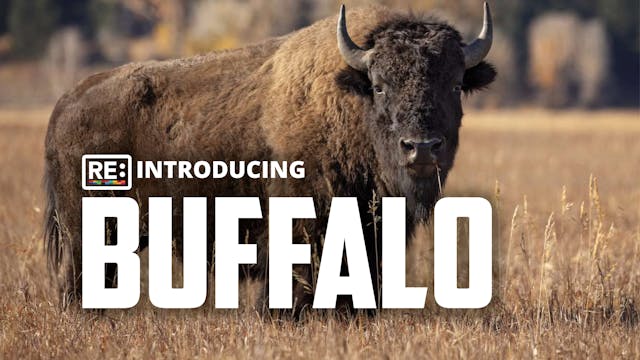Reconnecting Ecosystems
RE:TV Reconnecting Globally
•
8m 30s
Despite making up only around 5% of the world’s population, indigenous people protect an estimated 80% of the planet’s remaining biodiversity.
The Ngarrindjeri have lived near Lake Albert in Coorong National Park in South Australia for generations, but the area’s unique wetlands ecosystem is under threat, degraded by intensive agriculture and climate change. Now the Ngarrindjeri are working with restoration specialists Cassinia to protect this sacred landscape.
Cassinia builds on the traditional knowledge and skills of indigenous people, developing new business models so the Ngarrindjeri and others can play their part as guardians of the land. Instruments like carbon credits offer a new way of placing a financial value on natural capital, incentivising and rewarding indigenous people for looking after the land they live in. This model could help protect and restore land owned and managed by indigenous people all over the world.
Up Next in RE:TV Reconnecting Globally
-
Refuelling Aviation
Using bacteria to create Sustainable Aviation Fuel from captured carbon
With 2.5% of global CO2 emissions generated by the aviation sector and 100 million gallons of jet fuel used each year by commercial airlines, decarbonising aviation fuel is essential if we are to achieve a Net Zero future.
Ba... -
Researching Biodiversity
The Millennium Seed Bank is an underground collection of over 2.4 billion seeds from around the world stored in sub-zero chambers in Wakehurst, Sussex. Part of Kew's Royal Botanic Gardens, it not only protects biodiversity by preserving threatened species, but also conducts cutting-edge scientifi...
-
Reintroducing Buffalo
Kainai knowledge-keeper Leroy Little Bear explains the importance of reintroducing buffalo in their traditional heartlands, where they hold a central place both in the local ecosystem and the culture of indigenous people.
The buffalo is a "keystone species": an eco-engineer which regenerates the...



